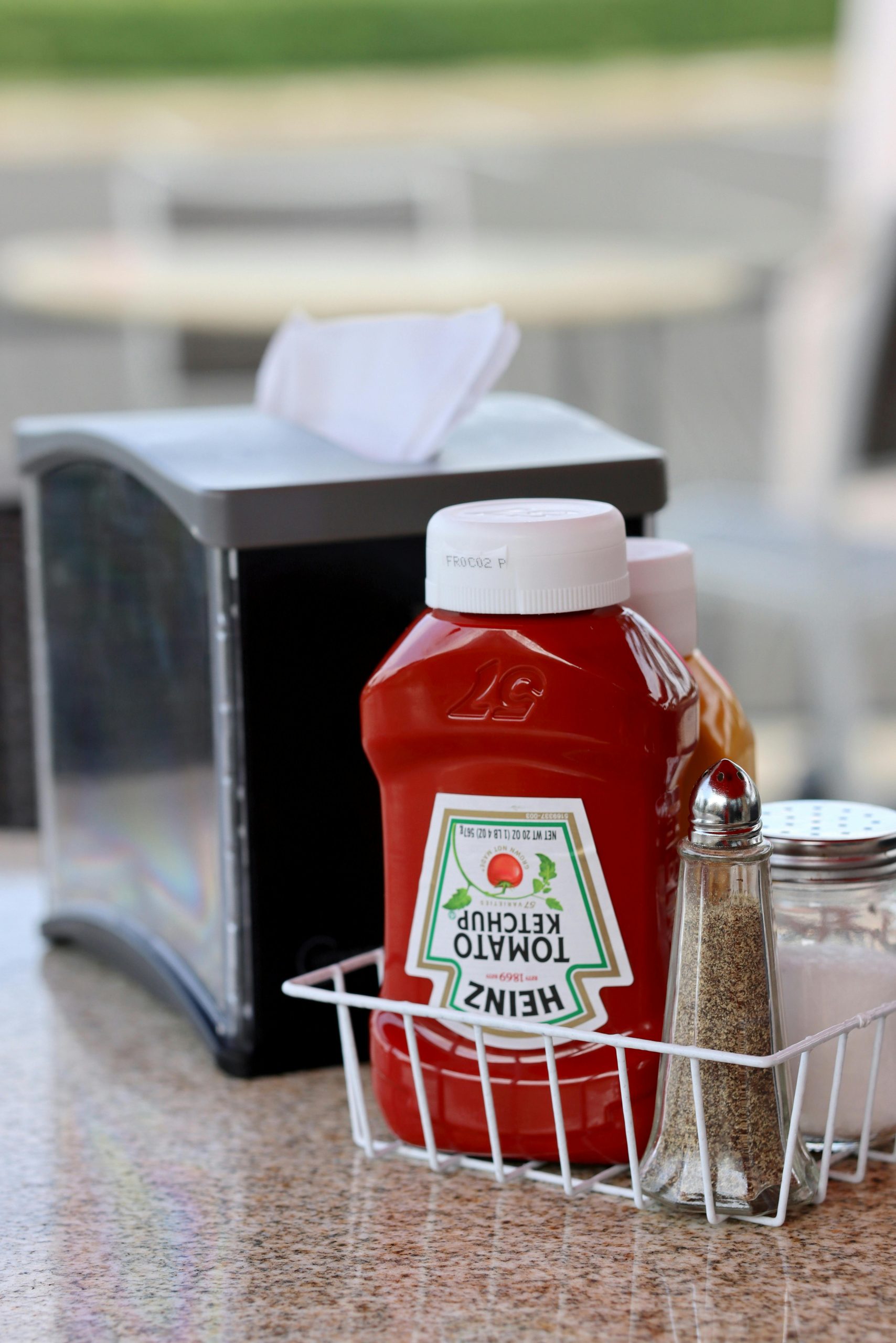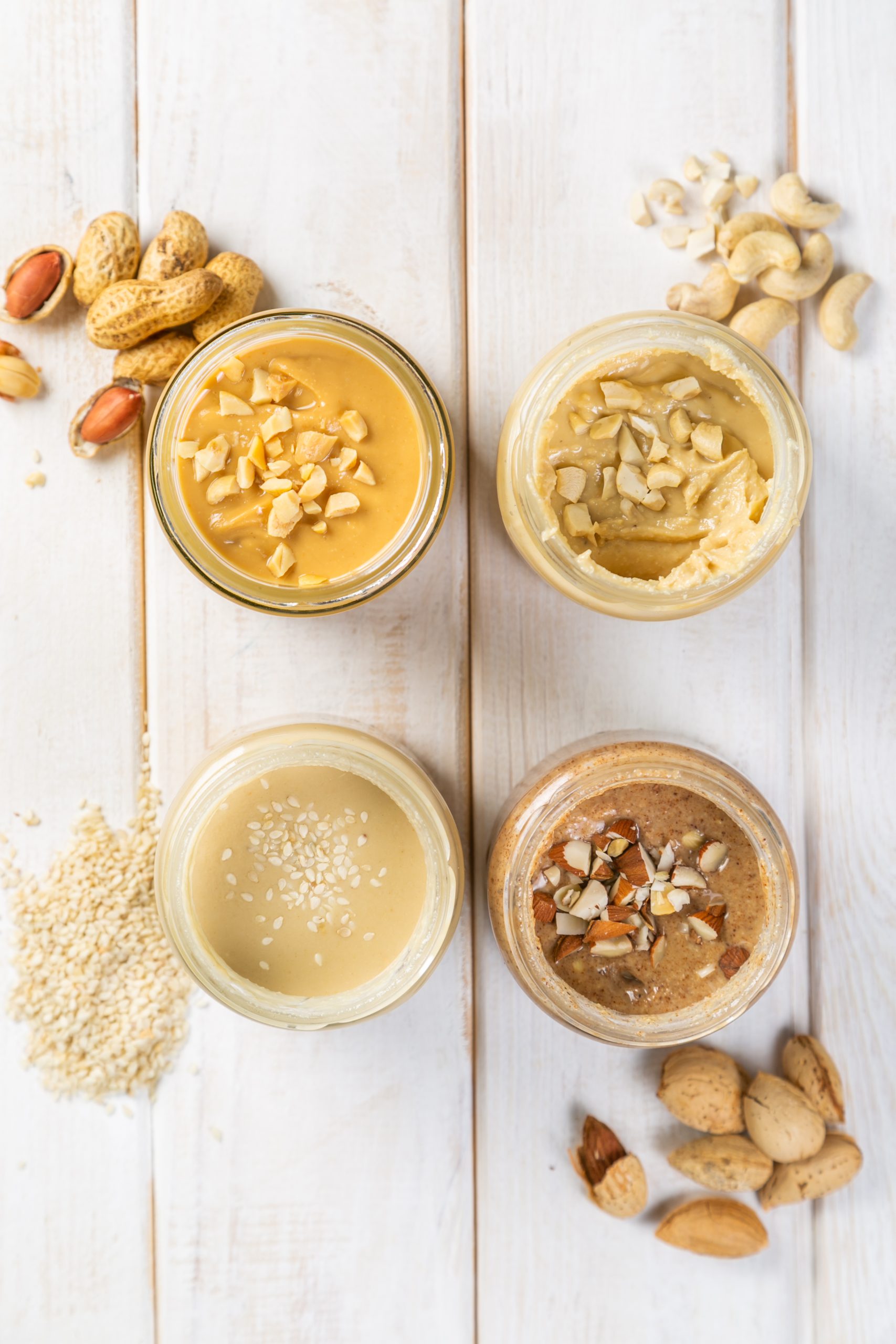The door of the refrigerator is often a chaotic and crowded place. It is filled with a huge collection of half-used jars and bottles of condiments and sauces. We put most of these items in the fridge out of habit. We assume that the cold is the best place to keep them fresh. However, in many cases, this is the wrong choice. Some condiments will actually lose their quality in the refrigerator. Others do not need to be refrigerated at all. Here is the correct way to store twelve of our most common condiments.

1. Ketchup
Ketchup is a subject of great debate, but the truth is that you do not have to refrigerate it after opening. It is so acidic from the tomatoes and the vinegar that it is very resistant to spoilage. While the label may say to “refrigerate after opening,” this is primarily for quality, not for safety. It will be perfectly safe in your pantry for about a month.
2. Mustard
Like ketchup, mustard is also an acidic, high-salt product that does not require refrigeration. An open jar of mustard will be safe to eat for a very long time in the pantry. However, it will slowly lose its pungency and its vibrant color over time. For the best long-term quality, the refrigerator is the better choice, but it is not a requirement.
3. Soy Sauce
Soy sauce is another item that does not need to be refrigerated. It is a fermented product with an extremely high sodium content, which makes it very shelf-stable. An open bottle of soy sauce will be safe in your pantry for at least a year. The flavor may change slightly over a very long period, but it will not spoil.
4. Hot Sauce
A vinegar-based hot sauce, like a Tabasco or a Frank’s RedHot, is another condiment that does not need to be in your fridge. The high amount of vinegar and salt is a powerful preservative. An open bottle will be safe at room temperature for a very long time. However, it may start to change color over time, but this is not a sign of spoilage.
5. Honey
Honey is a natural preservative that should never be stored in the refrigerator. The cold temperature will cause it to crystallize and to solidify into a thick, hard mass. This makes it almost impossible to use. You should always store honey in a tightly sealed container in your pantry to keep it in its liquid state.
6. Maple Syrup
Real maple syrup, unlike the fake pancake syrups, should be stored in the refrigerator after it has been opened. While its high sugar content does offer some protection, it does not have the same anti-bacterial properties as honey. An open container of real maple syrup can develop mold if it is left in the pantry.
7. Mayonnaise
Mayonnaise is a condiment that you absolutely must refrigerate after you open it. While the commercially produced stuff is made with pasteurized eggs and is acidic, it is not shelf-stable once the seal has been broken. An open jar of mayonnaise can become a breeding ground for bacteria if it is left at room temperature.
8. Nut Butters

A jar of natural peanut butter, the kind with the oil that separates, is best stored in the refrigerator after it has been opened. The cold will prevent the natural oils from going rancid. For a jar of processed peanut butter, like Jif or Skippy, the pantry is fine. It contains stabilizers that will keep it fresh at room temperature.
9. Butter
This is a controversial one, but it is perfectly safe to store a small amount of butter on your counter in a covered butter dish for a few days. The high fat content makes it resistant to bacterial growth. This allows you to have soft, spreadable butter ready at all times. You should only keep out as much as you will use in a day or two.
10. Jams and Jellies
An open jar of jam or jelly should always be stored in the refrigerator. While the high sugar content is a preservative, it is not enough to prevent mold from eventually growing on the surface of the product. The cold of the refrigerator will dramatically slow down this process and will keep your jam fresh for months.
11. Worcestershire Sauce
Worcestershire sauce is another condiment that does not need to be refrigerated. It is a fermented product that is made with a base of vinegar and salt. These ingredients make it very shelf-stable. An open bottle will be perfectly safe in your pantry for a very long time.
12. Olive Oil
You should never store your olive oil in the refrigerator. The cold temperature will cause it to solidify and to become cloudy. It can also create condensation inside the bottle, which can affect the oil’s quality. You should always store your olive oil in a cool, dark place, like a pantry or a cupboard, away from any heat or light.
The Science of the Shelf
The question of whether to refrigerate or not is a matter of food science. It is a balance between safety and quality. For some items, the refrigerator is an absolute necessity to prevent the growth of harmful bacteria. For others, it is simply a way to preserve the best possible flavor and texture for a longer period of time. By understanding the science behind each of these condiments, you can be sure that you are storing them in the right way.
What is the one condiment that you are always confused about where to store? Do you have any other food storage tips to share? Let us know!
What to Read Next
- These 8 Popular Sauces Rarely Last Long Once Football Season Kicks Off
- The 14 Best Hot Sauces, Ranked According to Consumers
- 8 Barbecue Sauces That Lost Quality After Rebranding
- These Are The Top 5 Worst and Best Spaghetti Sauces
- The Shocking Ingredient Still Used in Popular Chain Restaurant Sauces
The post 12 Condiments and Sauces You’re Storing Incorrectly appeared first on Grocery Coupon Guide.







